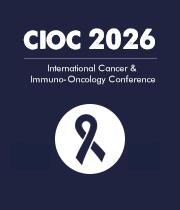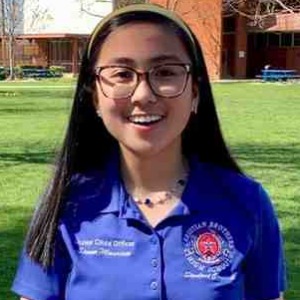Title : Cancer awareness in teens: A hybrid cross-sectional survey and informational campaign
Abstract:
Introduction: Cancer in adolescents and young adults (AYAs) is a worldwide devastating disease. In the US, it is among the top four causes of AYA deaths. Cancer signs/symptoms are similar to common ailments, delaying diagnosis, thus life-threatening. Less than one-third of the adult population reports confidence in cancer signs/symptoms recognition, and less than half are aware of certain risk factors linked to cancer. We seek to define the perception of and awareness of cancer specifically in AYAs. These young people are the “lost tribe” in oncology.
The study describes the awareness of AYAs on cancer risk factors they can modify. We also investigate their knowledge on cancer signs/symptoms. Measurement of confidence in sharing said symptoms with their families and clinicians was made. Included in this research were opportunities for information dissemination regarding cancer care awareness.
Methods: Cross-sectional survey was administered to 1,155 AYAs aged 13–18 at a high school in Sacramento, CA for two weeks in August 2025. School-level institutional board review, student consent/assent and parental consents were obtained. Jotform instrument (San Francisco, CA) was used to collect data on demographics, cancer knowledge, signs/symptoms recognition, risk factor prevention, help-seeking attitudes, and preferred educational resources. Descriptive statistics used to summarize overall trends. Non-parametric tests (Mann-Whitney U, Kruskal-Wallis H) used to analyze differences by gender, grade level, ethnicity, and socioeconomic data.
Results: The statistic of 1 in 285 people being diagnosed with cancer before age 20 was at least moderately surprising to 70.9% of respondents. Change in appearance in a mole (14.7%), blood in urine or stools (13.1%), and seizures (10.5%) were least reported as cancer signs/symptoms. Numerous birthmarks (30.1%), close contact with cancer patients (21.2%), frequent common cold (14.4%) were identified as cancer risks.
Respondents preferred to learn about cancer through educational websites (93.8%), online videos (89.9%), instructor-led lectures (85.9%), and talking to cancer patients (84.3%). The two most common barriers for seeking medical evaluation for cancer were uncertainty if symptoms were serious (64.7%) and lack of confidence in discussing their symptoms (60.1%). 56.2% reported seeking help first from a doctor when suspecting cancer.
Females reported they think significantly about cancer (p=0.0041) and have higher surprise levels to the cancer statistic (p=0.0042) compared to males. Older students reported higher levels of thinking about cancer (p=0.0230) and confidence in making choices to lower cancer risk (p=0.02529) compared to younger students. Knowing someone with cancer correlates with high levels of thinking about cancer (p=0.0197).
Discussion and Conclusions: This is the first-ever hybrid activity of a cancer awareness survey and information campaign.
Male and younger populations may benefit from additional cancer education. Participants demonstrated high levels of recognition for several key cancer signs/symptoms and risk factors. However, more awareness is needed for less common signs/symptoms and cancer risk factor misconceptions. Respondents prefer digital and interactive resources and talking to cancer patients to increase their knowledge. Participants knowing people with cancer reported higher cancer awareness.
Therefore, we believe cancer patients and their families may potentially serve as important sources of cancer information for AYAs.



